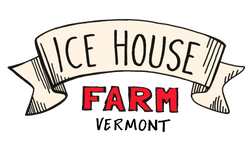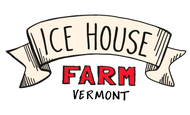Raw Milk In Vermont
Here is a very brief raw milk history in Vermont.
Raw milk has been a staple in human diet for thousands of years. For at least hundreds of years sharing and bartering of raw milk with neighbors has been a cornerstone of Vermont’s agricultural heritage, rural culture, and identity.

- In 1924 The Pasteurized Milk Ordinance (PMO) was enacted and Vermont adopted this regulatory structure.
- During the mid 1990s Vermont implemented a raw milk exemption to the PMO this allowed the sale of 25 quarts per day of raw milk to be sold on farm.
- In 2008 this was raised to 50 quarts per day.
- In 2009 a two tiered system was put into place with Tier I selling up to 50 quarts per day and Tier II allowed up to 160 quarts per day and allowed for delivery.
- In 2014 delivery to Farmers Markets for Tier II producers was added. New protocols for milk testing were also added in 2015.
While not exhaustive we hope this quick summary gives you some details on Vermont’s raw milk history in the past couple hundred years, and more importantly how far we’ve progressed towards traditional food practices in the past decade.
Ice House Farm has been a registered tier II raw milk producer in the state of Vermont since 2016. Our milk is tested twice each month by an FDA accredited lab for total bacteria count, total coliform count, and somatic cell count. Our herd is tested for TB, Brucellosis, and Johne’s.
You can obtain fresh milk from us in the following ways:
- Pick up on-farm in Goshen Vermont.
Our foundation for fresh raw milk:
- Healthy soil
- Healthy goats
- Clean milking environment
- Milk that is cooled quickly and handled gently
You can view all of the written rules and regulations of raw milk within the state of Vermont’s Agency of Agriculture’s website: Raw Milk Direct to Consumers.
Reference: (Rural Vermont’s Raw Milk History & Campaign Timeline.)


